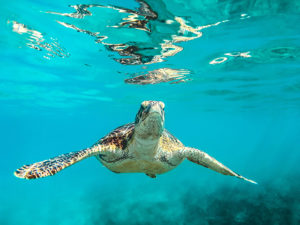Mar 29, 2021
by Joel Johnson
COP CBD15, Dr. Paula J. Ehrlich, Half-Earth Project Map, Leave no species behind, Species Protection Index
As we thoughtfully look ahead to this momentous year where biodiversity loss is more urgently being raised at the Convention of the Parties (COP26), IUCN, and Convention on Biological Diversity (CBD15) meetings, it’s clear that we must make a coordinated global effort to leave no species behind. Targets like protecting 30% of land and seas by 2030 are important steps towards Half-Earth, the inspirationally convening goal of conserving half of the Earth’s lands and sea in order to protect the bulk of our planet’s biodiversity. The global pandemic has shown that geopolitical boundaries fade in the porous nature of global crises. And the threat of losing 1 million species by 2050 will not respect boundaries either. We must take every step to safeguard biodiversity.


Fortunately, acting locally while thinking globally, is precisely what we need to achieve the Half-Earth goal. If done in an evidence-based way, and in the right places, regional and national conservation efforts will contribute to protecting the entire planet’s biosphere. The E.O. Wilson Biodiversity Foundation’s Half-Earth Project® is putting biodiversity information on the map and using it to support collective conservation action that ensures we leave no species behind.
The Half-Earth Project Map’s National Report Cards feature the Species Protection Index (SPI), which helps countries understand how well their conserved places are doing in protecting the species of their place and where they have the best opportunities to protect more. This is why the SPI has been proposed as one of the headline indicators by the UN’s Convention on Biological Diversity – to make sure we can measure our progress, so we have a better chance of achieving conservation targets and truly protecting the biodiversity of our planet. Through the science of the Half-Earth Project, and tools like the SPI, the environmental conservation movement is achieving a whole new level of understanding about what we must do to care for our planet.
– Paula J. Ehrlich, DVM, Ph.D., President & CEO, E.O. Wilson Biodiversity Project, Half-Earth Project Lead
#leavenospeciesbehind

